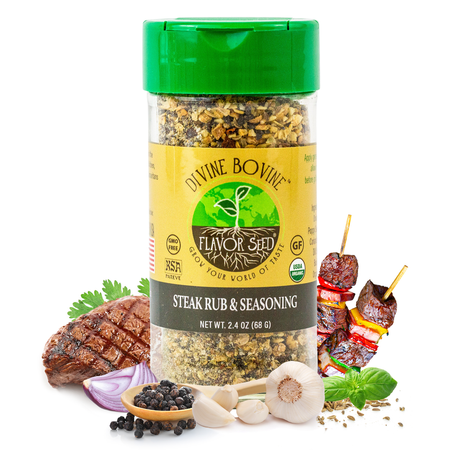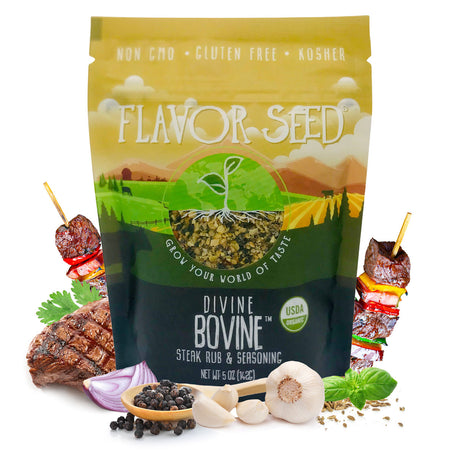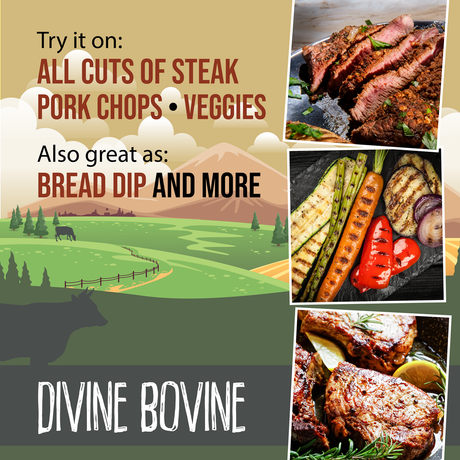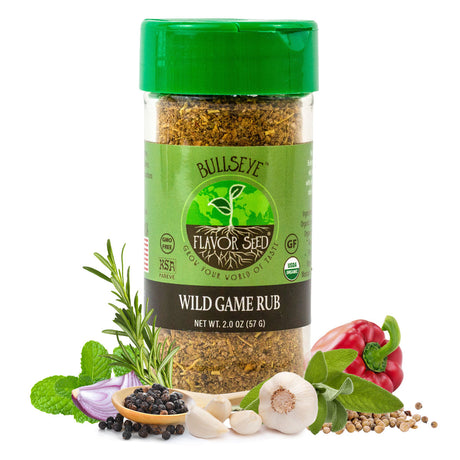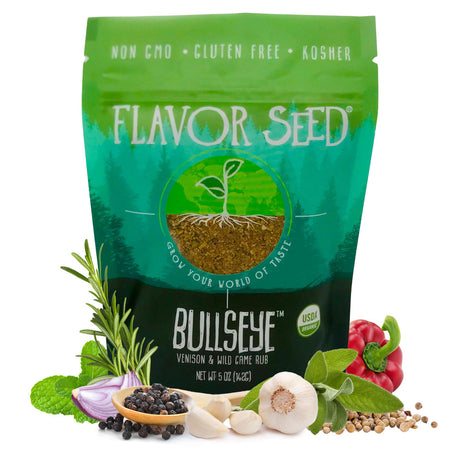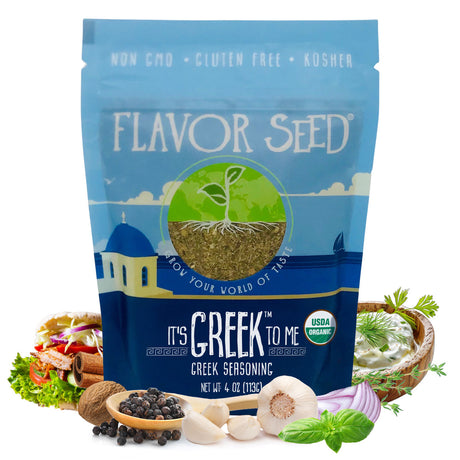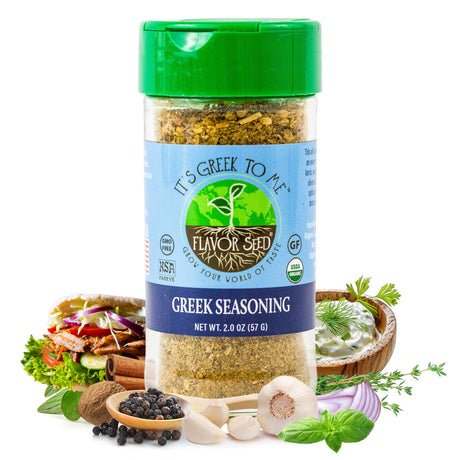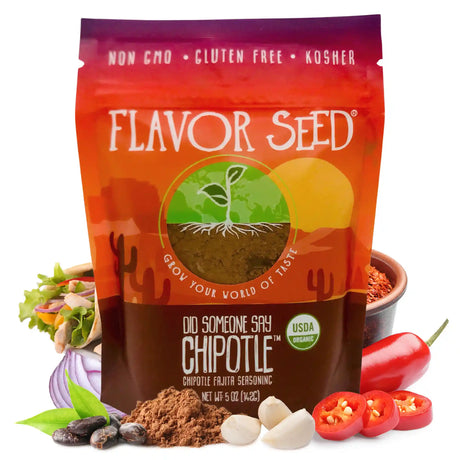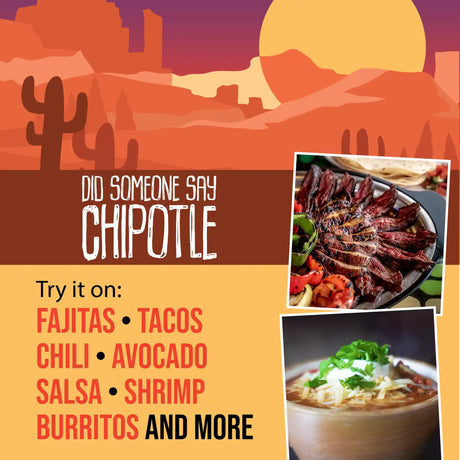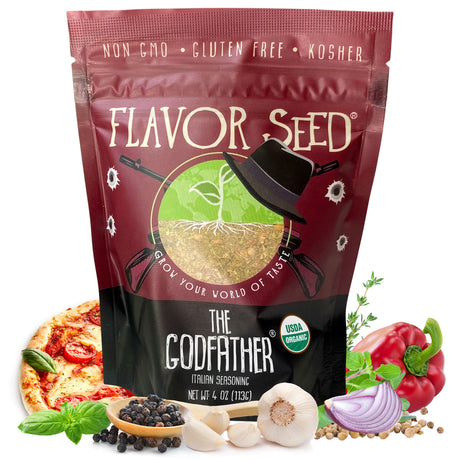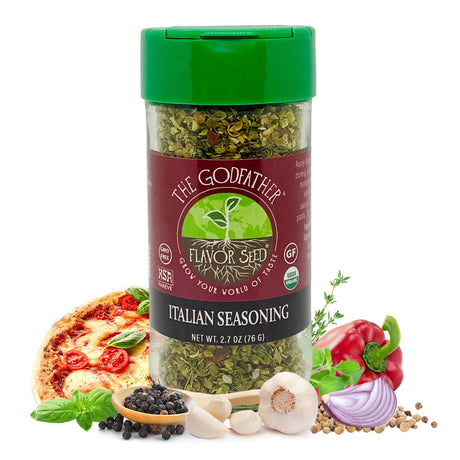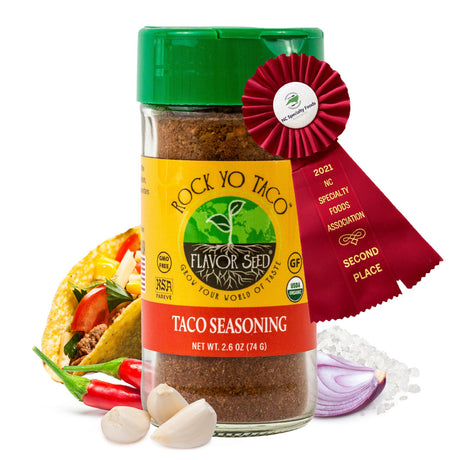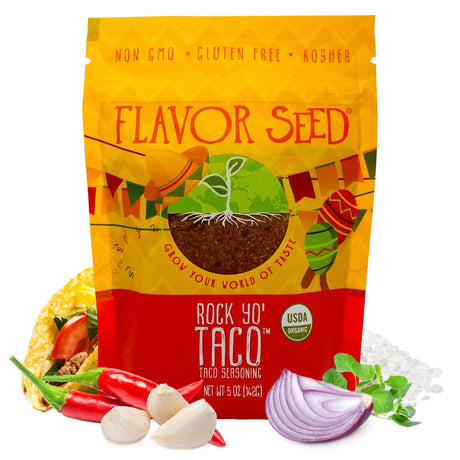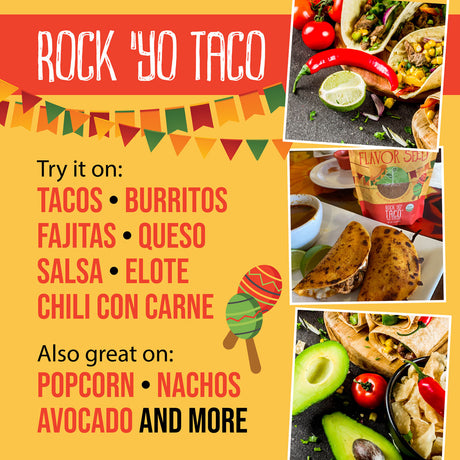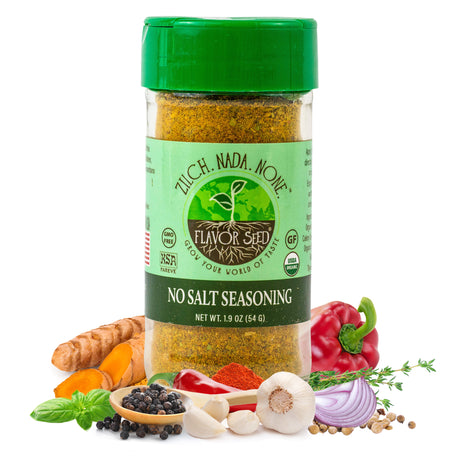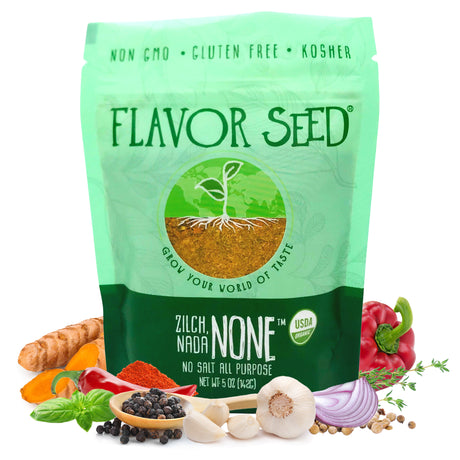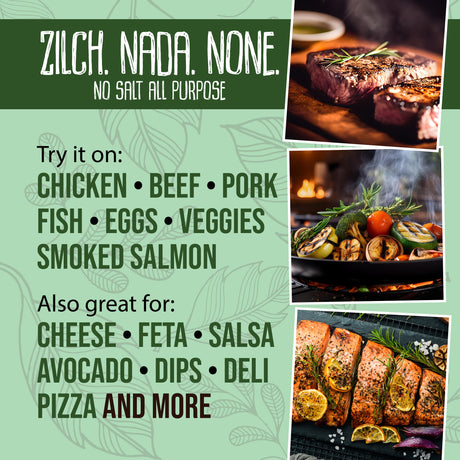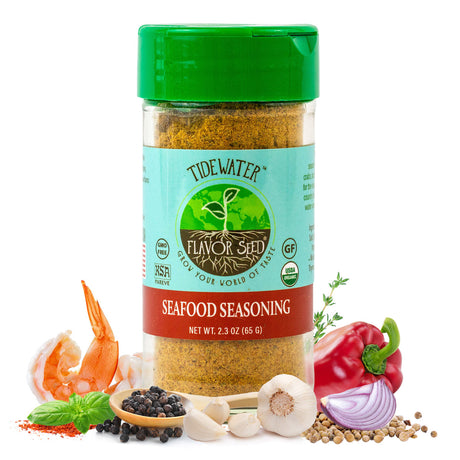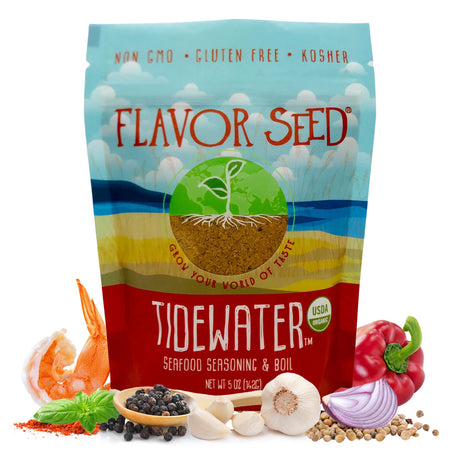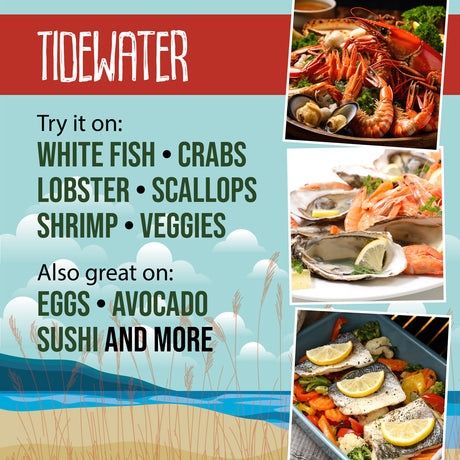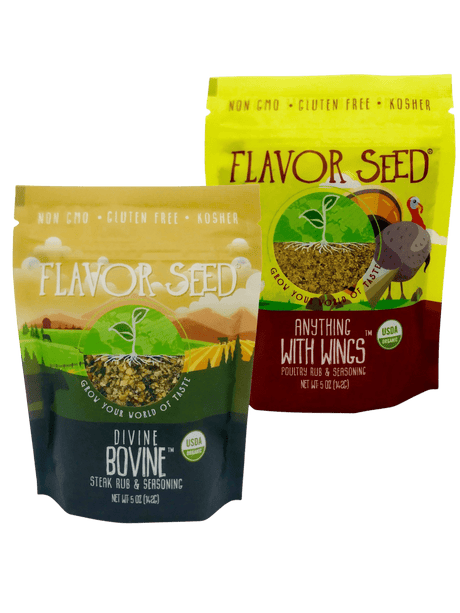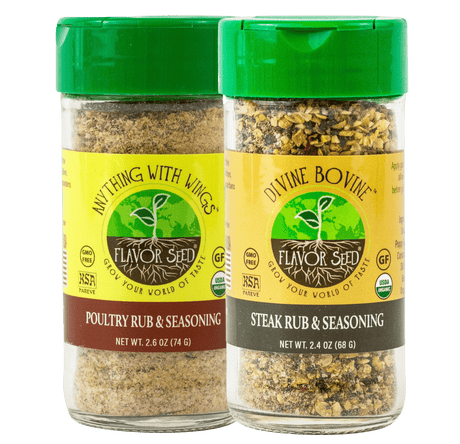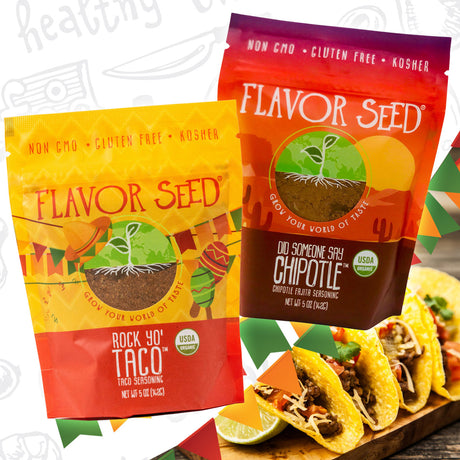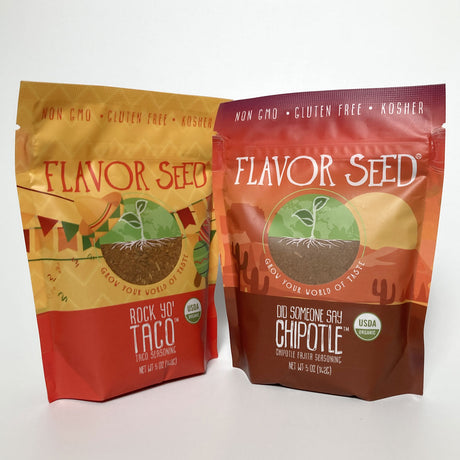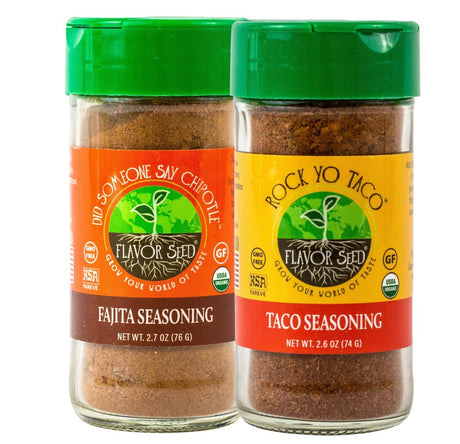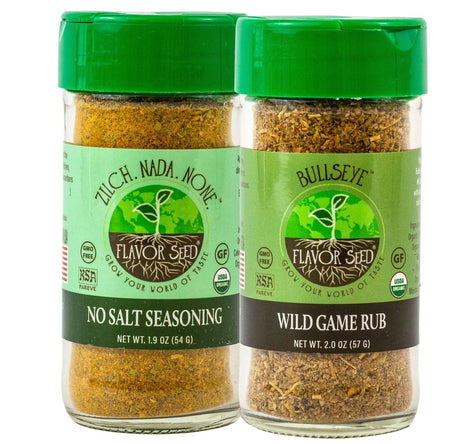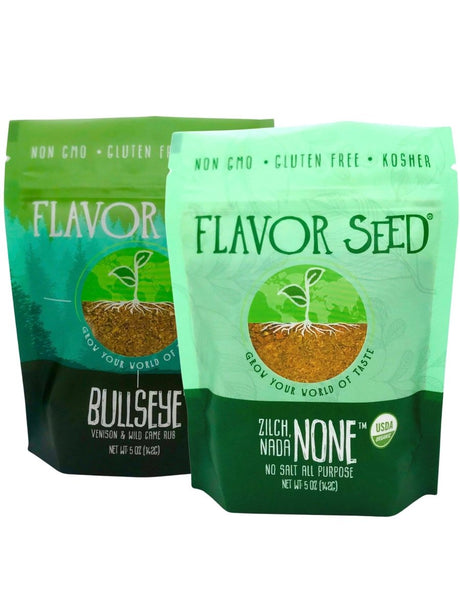- From $949Unit price /Unavailable
- From $3296
$3796Unit price /Unavailable - From $1550
$1898Unit price /Unavailable
Frequently Asked Questions
Shipping
What can you eat in the carnivore diet?
What can you eat in the carnivore diet?
The carnivore diet consists almost entirely of animal products – meat (beef, pork, lamb), poultry, fish, organ meat, eggs and small amounts of low‑lactose dairy like butter and hard cheese. Plant foods such as fruits, vegetables, grains, legumes, nuts and seeds are excluded. (source: bhf.org.uk)
What is the 80/20 rule on the carnivore diet?
What is the 80/20 rule on the carnivore diet?
Many carnivores use “80 / 20” to describe an 80% fat : 20% protein macronutrient ratio, while others mean eating roughly 80% red meat and 20% other animal products or allowing minor deviations 20% of the time. (sources: theprimal.com, chomps.com)
What spices can you eat on a carnivore diet?
What spices can you eat on a carnivore diet?
Strict carnivores may avoid plant‑derived spices entirely. Moderate carnivores often use salt, black pepper, garlic powder, onion powder and cayenne pepper to enhance flavour. Herbs like rosemary and thyme add freshness and antioxidants. (Sources: doctorkiltz.com, nobleorigins.com)
What is a dirty carnivore diet?
What is a dirty carnivore diet?
Dirty carnivore is a flexible version of the diet that allows about 10% of daily calories from non‑animal foods. It includes small portions of fruit, vegetables and processed foods while keeping 90% of calories from meat, fish, eggs and animal fats. (Source: theprimal.com)









